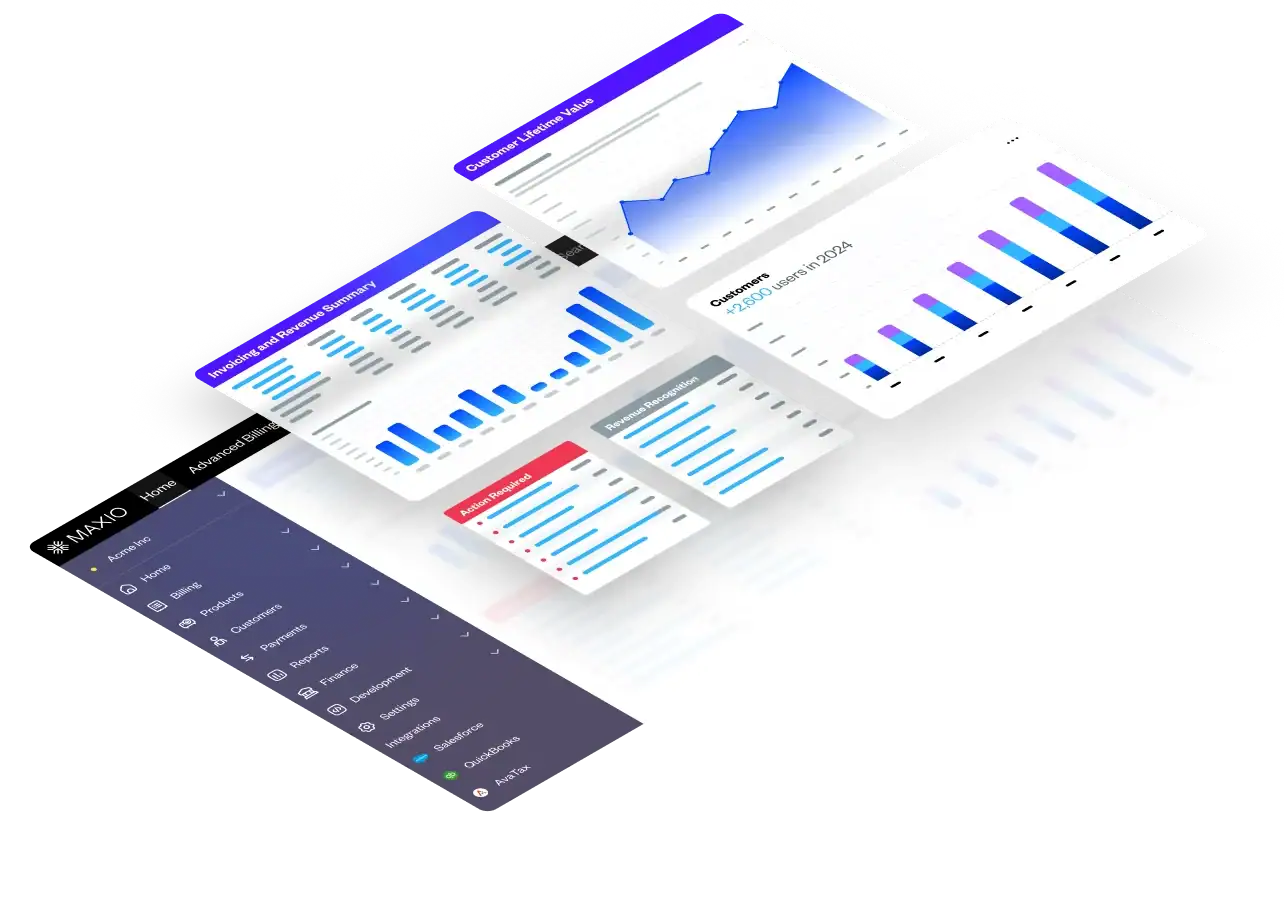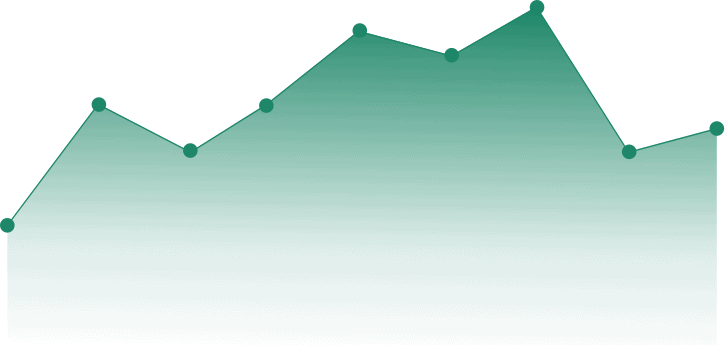Calculating Churn in a SaaS Business
What is Churn?
Churn is the percentage rate at which SaaS customers cancel their recurring revenue subscriptions. Plain and simple.
While there are many variations of churn as a phenomenon in SaaS companies, it is typically separated into a gross churn rate and a net churn rate. So what’s the difference between the two?
Gross Churn Rate: The overall percentage rate at which SaaS customers cancel their recurring revenue subscriptions. It’s the most commonly accepted and used definition when discussing SaaS churn.
Net Churn Rate: The percentage change in recurring revenue due to expansions, cancellations, and downgrades. Your net churn rate (or NRR) can be offset by upselling and cross-selling your SaaS.
Churn metrics are the most widely tracked and discussed SaaS and subscription metrics because they represent lost customers, contracts, ARR, MRR, and contract values.
They are typically expressed as a rate or a ratio (“12% churn rate”), but can also be expressed as a logo churn and revenue churn.
Logo Churn: Also known as customer churn. Example: “We churned two customers.”
Revenue Churn: The amount of recurring revenue lost due to unrenewed contracts and canceled subscriptions. Example: “We churned 12k of ARR.”
SaaS and other subscription businesses define churn based on the rules that are acceptable to stakeholders and potential stakeholders. Let’s walk through some of the most common ways of using churn to reveal important trends about a business.
What are the Most Common Churn Metrics for Subscriptions Businesses?
- Logo Churn: Lost customers, expressed as a percentage/rate as well as an absolute count. Customer Churn is an important part of the overall CLV calculation process.
- Recurring Revenue (ARR/MRR) Churn: Typically expressed as a ratio of recurring revenue lost as a percentage of renewals candidates, but can also be expressed as the total MRR or ARR value lost to customer cancellations and attrition.
- Average Recurring Revenue Churn: Typically expressed as the average ARR/MRR decrease due to lost customers.
- Net Revenue Retention Churn (NRR): A traditional approach to measuring churn in software companies, this approach has been replaced using ARR and MRR churn ratios.
How to Calculate Churn
There are multiple ways to calculate SaaS churn because pinning down a churn metric that accurately represents a company’s turnover and growth within a certain period can be complicated.
When discussed as a rate, SaaS churn is the inverse of your renewal rate. An 80% renewal rate is the equivalent of a 20% churn rate.
The easiest way to calculate the SaaS churn rate over a specific period is to use this formula:
Churn / Customers₁
This reveals the number of customers churned over a certain period of time, with customers₁ representing the customers you had on the first day of the period. The resulting number from this formula is the number of churned customers since that starting point.
The issue with this way of calculating SaaS churn rate is that it can misrepresent your company’s numbers if it is experiencing a period of rapid growth. This larger number would cause your company’s churn rate to go down even though more customers are churning out of your product than they were previously.
Therefore, there is an adjusted churn rate that accounts for the rapid growth experienced by some companies. Taking the midpoint of the number of customers for the month, rather than using the amount of existing customers on the first of the month, helps companies reach a churn metric that is more clear:
(Churn / (Customers₁ + Customersₙ) / 2)
If you want to get more granular with your churn rate calculations, add in a little predictive spin to determine the churn rate on any given day:
“The sum of inactive customers on given day i+n / the sum of active customers on given day i+n”
Or
i=1nInactiveᵢ / i = 1nCustomersᵢ
How is Churn Used?
As a function in financial matters, churn is used:
- As a critical input to Customer Lifecycle Valuations
- As a critical input of revenue, bookings, and cash flow projections
SaaS churn numbers are often discussed by analysts, press, peers, and other interested audiences. However, to better inform key stakeholders, SaaS businesses employ a variety of more sophisticated churn metrics to help them understand the true performance of their business.
SaaS businesses should define clear terms for relevant churn metrics and measure them on a consistent month to month basis. Again, this requires well-defined definitions and metrics for churn measurement. Product teams should look for dramatically different churn metrics by cohorts and dimensions such as these:
- Churn by marketing campaign
- Churn by promotion
- Churn by product
- Churn by length of sales cycle
- Churn by functional usage
- Churn by licensed modules
- Churn by sales channel or organization
- Churn by industry or market segment
- Churn by customer size or segmentation
- Churn by total customer revenue or contract size
Want help calculating churn rate and interpreting what it means for your business? Contact us at Maxio to learn more.

